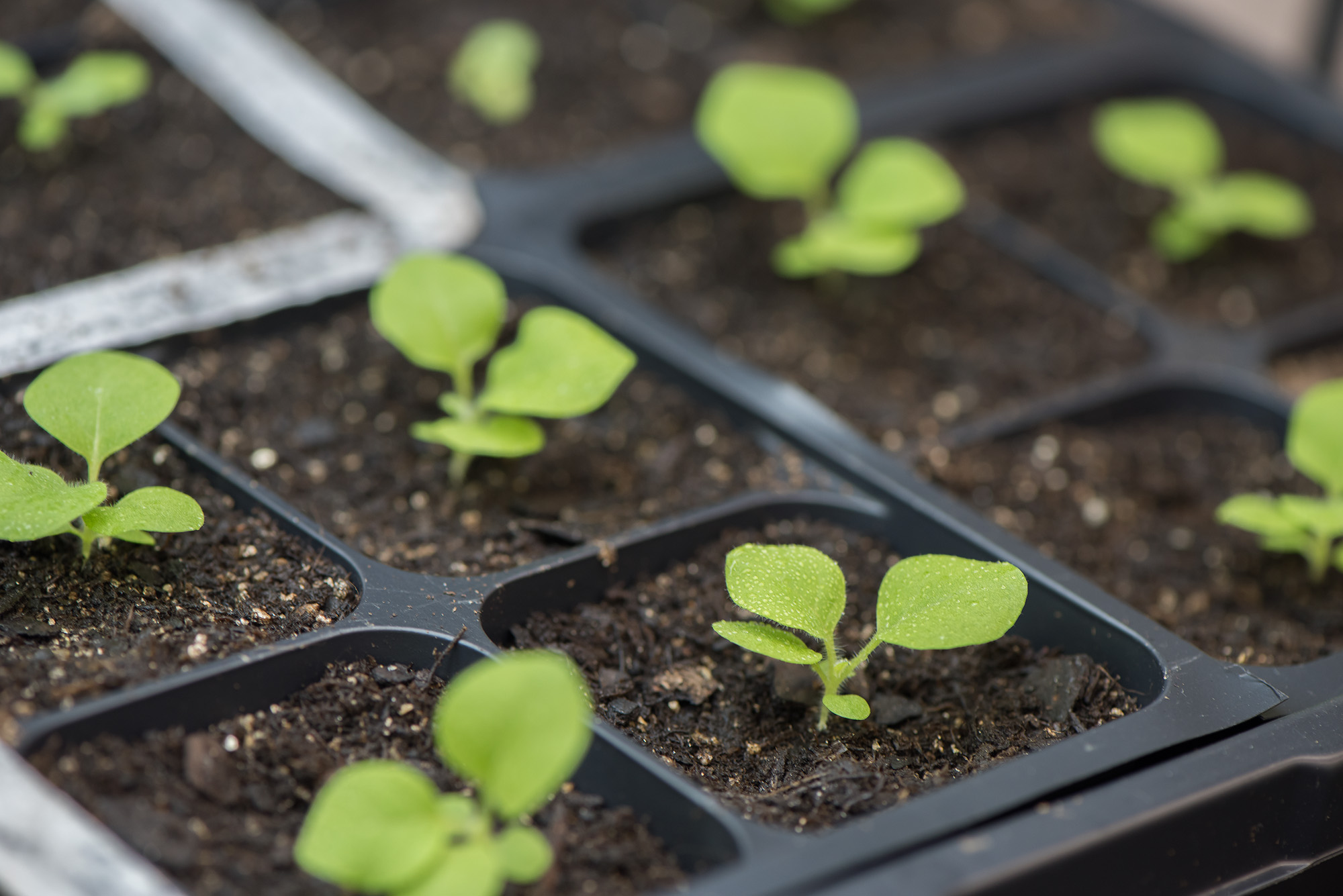Novel structure and nucleotide binding properties of HI1480 from Haemophilus influenzae: a protein with no known sequence homologues.
Lim K, Sarikaya E, Galkin A, Krajewski W, Pullalarevu S, Shin JH, Kelman Z, Howard A, Herzberg O. 2004. Novel structure and nucleotide binding properties of HI1480 from Haemophilus influenzae: a protein with no known sequence homologues. Proteins 56(3): 564-71.


